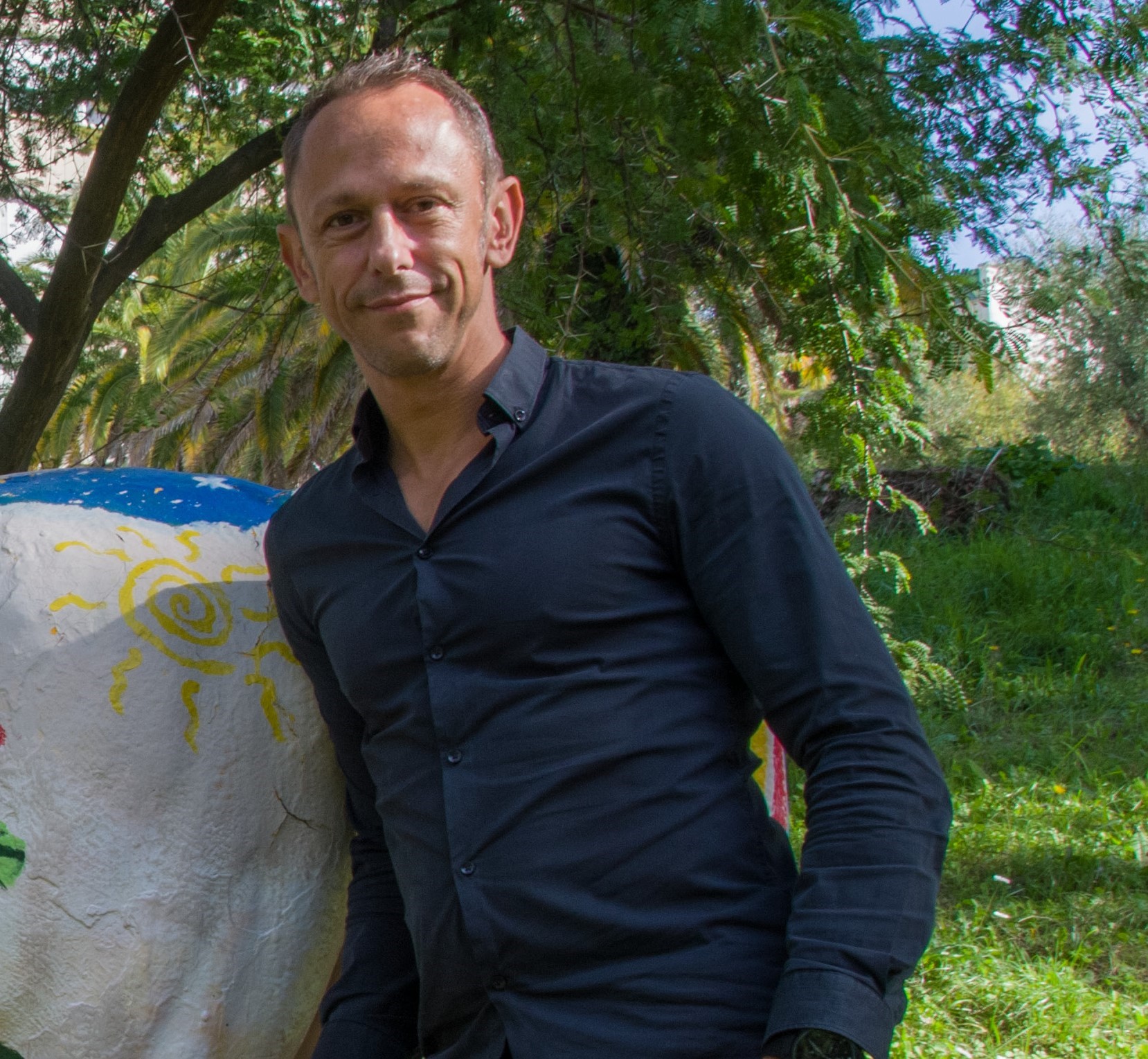Guillaume Sandoz, institut de Biologie Valrose - Nice
-
On 15 March 2024Amphi DEfalse false
-
11h30
Optical Probing of TREK Potassium Channel fonctions in Pain and Migraine induction
Optical Probing of TREK Potassium Channel fonctions in Pain and Migraine induction
Guillaume Sandoz, PhD, DR1 CNRS
Principal Investigateur
institut de Biologie Valrose, Nice
Abstract
Biography
I am currently Research Director at the French National Centre for Scientific Research (CNRS) and serve as the Principal Investigator of the Biology of Ion Channels (BIC) lab at the Institute of Biology Valrose (iBV) in Nice, France. My career began with a PhD in Neuroscience from Aix-Marseille University, under the mentorship of Michael Dewaard. Subsequently, I joined the Lazdunski and Lesage Labs in Valbonne, transitioning from a postdoctoral researcher to a CNRS researcher with a permanent position as “Chargé de Recherche”. During this period, I conducted seminal work on the regulation of leak potassium currents by Two-Pore-Domain channels K2P, contributing significantly to the field with publications in EmboJ, J. NSci, and Cell.
In 2009, my academic pursuits led me to UC Berkeley as a Fulbright Visiting Scholar in the Isacoff Lab. There, I was part of a pioneering team that discovered a novel family of ion channels, providing insights into the evolutionary trajectory of Glutamate receptors (Janovjak*, Sandoz* and Isacoff, Nature Com, 2011), and delved into various facets of K2P pharmacology (Sandoz et al., PNAS 2011), including the elucidation of the molecular mechanisms of K2P channel activation by GABAB receptors Sandoz et al., Neuron 2012).
Returning to France in 2012, I obtained the ATIP AVENIR grant and established my own lab at the iBV in 2013. My team is dedicated to understanding neuroexcitability in both typical and pathological conditions. We have made breakthrough discoveries concerning protein complexes and their configurations (Comoglio et al. 2014 PNAS, Levitz et al., PNAS 2016, Avalos Prado et al., Cell 2021), delineated the molecular mechanisms of migraine inheritance (Royal et al., Neuron 2019; Avalos Prado et al., iScience 2021), and developed innovative optogenetic tools to remote control, in freely moving animals, pain (Landra et al., 2023 Nature Com) and muscle contraction (Neira-Oliveira et al., Nature Com 2024). Our lab's work extends beyond the theoretical, with significant clinical implications in treating conditions such as dry eye syndromes and cystic fibrosis, and industrial applications.






